House Vision / Tokyo
Designs of the time
‘House Vision’ is an exhibition that invites creative thinkers to explore new possibilities for urban living. Welcome to the future of the Japanese house – delivery-friendly outdoor fridge and handy pull-down bath included.
In 2013 the first House Vision exhibition in Tokyo brought together a group of Japan’s top architects and some of its biggest house-building and technology names to dream up the homes of the future. Visitors flocked to Tokyo Bay to look at a group of seven concept houses that explored a core issue facing Japan and the rest of the developed world: how can we build sustainable housing that nurtures communities in increasingly urbanised times?
“There was such a big response to the first show,” says Kenya Hara, the director of House Vision and one of the country’s most respected designers. “From Japan, of course, but also from fast-growing countries such as Indonesia, China and Vietnam. It confirmed for us that we should delve further into the subject – that it was something worth pursuing, however challenging.”
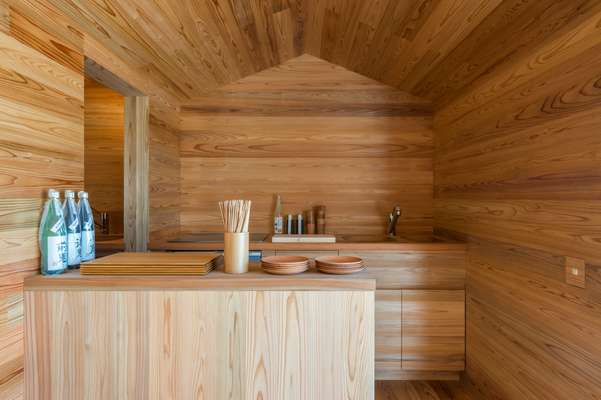
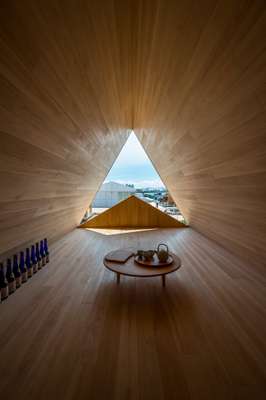
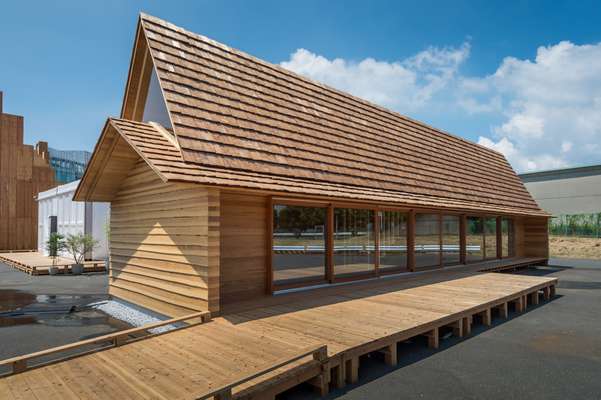
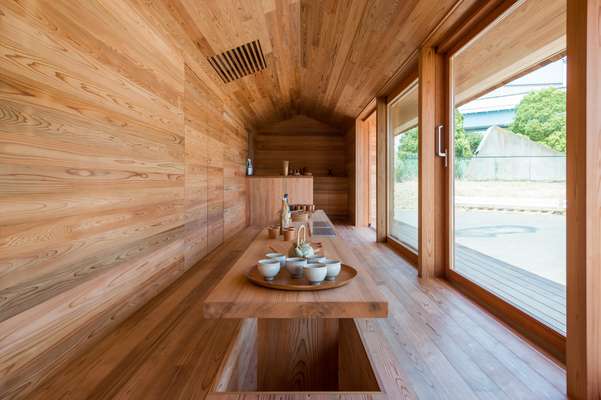


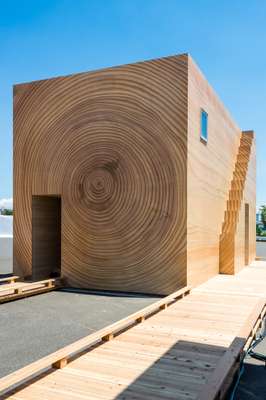
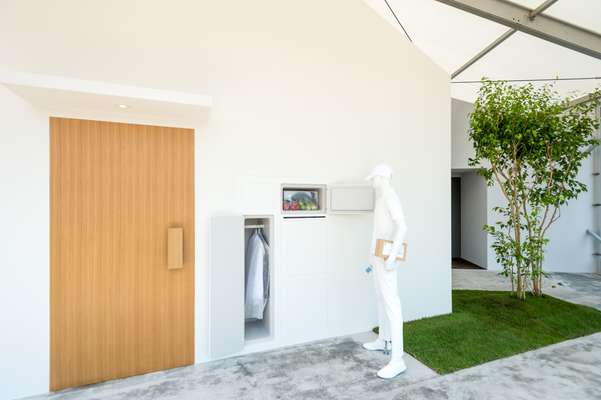

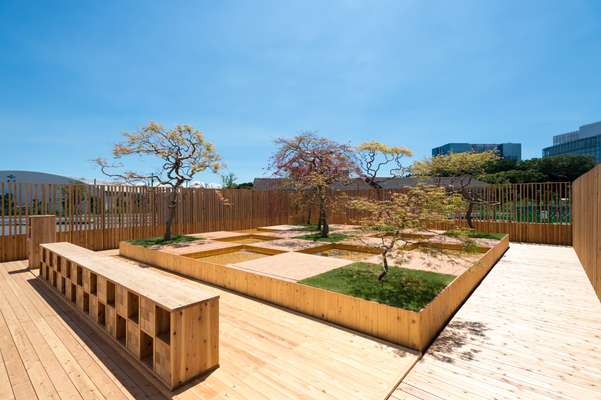

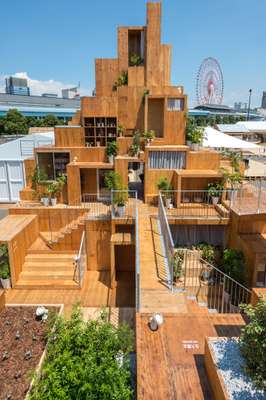
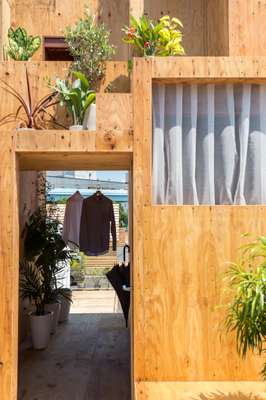
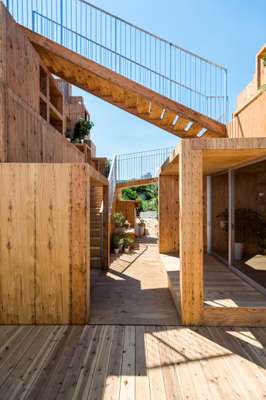
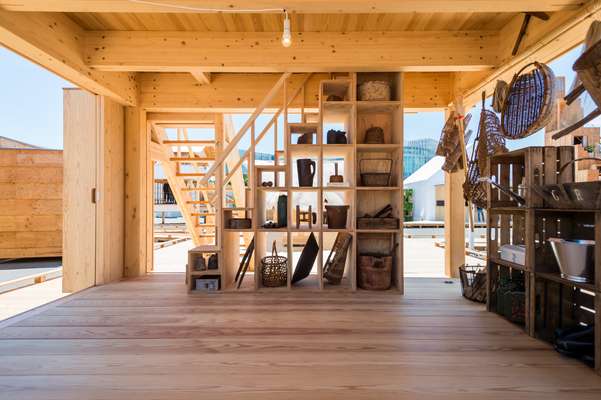

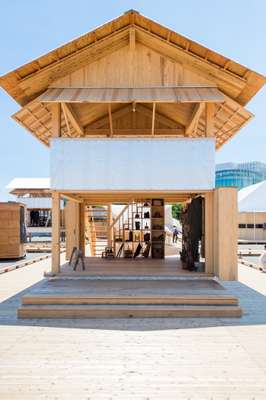
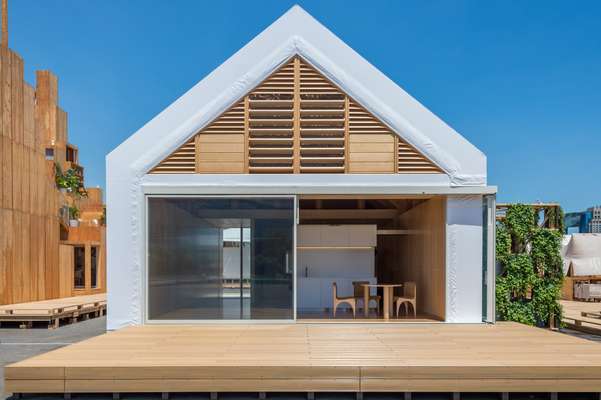
This year the exhibition returned to Odaiba with 12 houses on show by architects including Kengo Kuma, Shigeru Ban and Sou Fujimoto, who teamed up with industry names such as Muji and Lixil. Visitors were greeted by an entrance designed by Kuma and made with carefully stacked Japanese lumber.
On an exceptionally hot summer day Hara gives monocle a tour of the site. “House Vision is not an exhibition about housing design,” he says. “It’s a response to issues in Japan, including our ageing population, how we use our land and how we respond to visitors who come here from overseas. To me the house is the most interesting platform for thinking about the future of Japan.”
Hara brought in companies such as Isetan Mitsukoshi, Airbnb and Toyota, which are not necessarily directly linked to the housing industry. “We’re not just exhibiting new ideas from corporations: we’re showcasing collaborations between those companies and architects.”
Designers can help articulate concepts. “This is a time when you can’t foresee the next era. I think it is a designer’s job to visualise possibility.”
The theme of this year’s exhibition was “Co-dividual”. “In Japan so many people live alone, separated from each other,” says Hara. “The city and the countryside are not connected either and different technologies are developing in their own unconnected way. We wanted to think about reintegrating those elements; how we could bring families or communities and visitors back together.”
The ideas on show at House Vision clearly resonate beyond Japan and this year visitors from Asia were helped with interpreters on two “Asia Days”. Next year there will be a Chinese House Vision exhibition. Hara feels that each society should do the exhibition in its own way. “House Vision is our response to problems in Japan. We work with local architects and they will do the same in China. We want to create a movement that thinks about each place from a local perspective.”
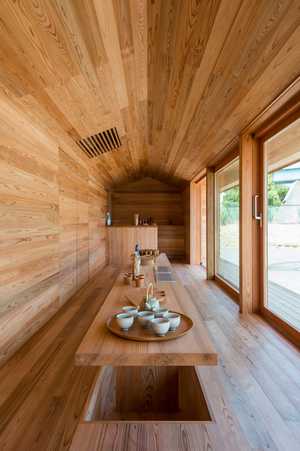
Yoshino-sugi Cedar House
Airbnb and Go Hasegawa
Airbnb is the only non-Japanese participant and worked with architect Go Hasegawa on a structure made from Yoshino cedar from Nara prefecture. Offering accommodation in two million homes in countries all over the world, Airbnb has turned its attention to the way they are built. “We need to understand where the home is going and what role we want to play in it,” says co-founder Joe Gebbia. “The future of the home is one that is designed to be shared. This is our first exploration into what that could look like.”
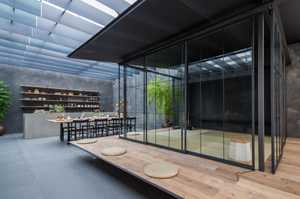
Nomad House
Isetan Mitsukoshi, Makoto Tanijiri and Ai Yoshida
The Japanese department-store giant plans to move into the housing business by offering premium home renovations. Here the company worked with architects Makoto Tanijiri and Ai Yoshida of Suppose Design Office to create a home with separate islands for eating, sleeping and bathing. “The concept for this house was a home for a ‘new nomad’: someone who is always travelling and might only spend two weeks a month in Tokyo.” Isetan Mitsukoshi naturally has access to a vast range of products for furnishing a house.
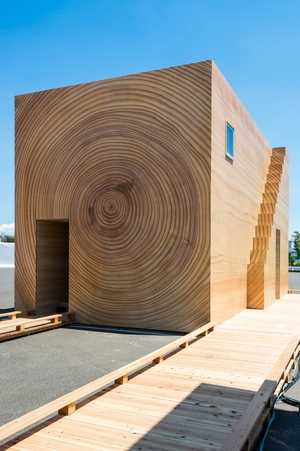
Woodgrain House
Toppan Printing and Hara Design Institute
Kenya Hara designed a startling structure with Toppan Printing, which looks like it is made from one giant slab of wood; in fact, the exterior and interior are covered with printed pictures of wood grain. “Nothing is real wood here – everything is printed,” says Hara. Technology appears in words and music that emerge from interior surfaces. “The body interacts with the whole house, visually and aurally. The house looks wooden so it’s a gentle interaction. You feel you are communicating with the environment rather than with the digital world.”
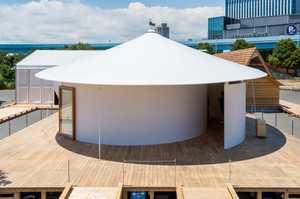
Hiragana-no Spiral House
Panasonic and Yuko Nagayama
At first glance this spiral-shaped house looks like a yurt but it functions as a hi-tech electrical appliance. The entire curved wall serves as a speaker and a display screen. “Because Panasonic is an electronics company, I thought this project would be about new gadgets but it was more how technology can come into people’s lives,” says architect Yuko Nagayama. “It is very discreet; there is no Panasonic logo and the projectors are hidden. Even the air-conditioning comes through the gap in the floorboards.”
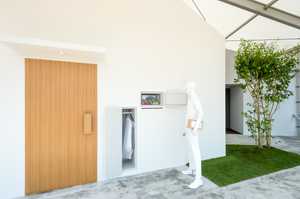
House with Refrigerator Access from Outside
Yamato Holdings and Fumie Shibata
Product designer Fumie Shibata worked with Yamato Holdings, owner of one of Japan’s best-known delivery companies, to create a house with refrigerators built into the exterior wall. Since the refrigerators can be accessed from inside and out, deliveries of fresh food or medicine can be dropped off and kept chilled. The proposal is based on Yamato’s system of having a delivery person within a 10-minute walk of nearly every house in Japanese cities. “Yamato’s idea responds to the situation in Japan in which more people are living on their own in an ageing society,” says Kenya Hara. “If someone is at home there can be face-to-face interaction but if not, things can just be delivered.”
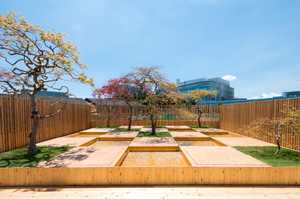
Checkerboard Water Garden
Sumitomo Forestry, Kengo Kuma and Seijun Nishihata
A garden rather than a house, this provides a cool breathing space with wood, water and trees. Architect Kengo Kuma designed the space, Sumitomo Forestry came up with the wood and plant-hunter Seijun Nishihata sourced the beautiful maples. Visitors were encouraged to dip their feet in the water.

Rental Space Tower
Daito Trust Construction and Sou Fujimoto
Architect Sou Fujimoto teamed up with the residential leasing company Daito Trust Construction with no less an ambition than to redefine rental housing. “Until now rental housing has been about maximising personal space and sacrificing communal space,” says Kenya Hara. “This proposal is the reverse: you shrink your own space and make the communal spaces – the bathroom, kitchen and library – bigger and better designed.” The wood and greenery add to the comfortable ambience. “This concept expresses the ideas in a slightly exaggerated way but our hope is that rental space will become more exciting than a square box.”
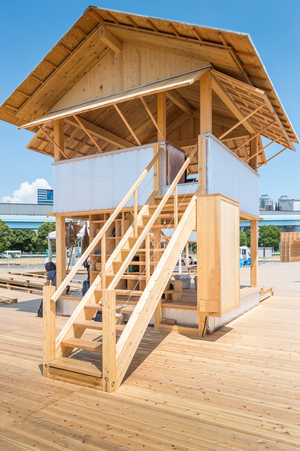
Tanada Terrace Office
Muji and Atelier Bow-Wow
Japanese house-builder and retailer Muji has a working relationship with the village of Kamanuma in rural Chiba; it’s a typical Japanese scene with rice paddies and an older population. Muji brings in young people to help with rice planting and harvesting, offering them the chance to experience rural life and traditional Japanese tanada (rice terraces) firsthand. This delightful two-storey structure by Tokyo architecture firm Atelier Bow-Wow – one of three built for House Vision – is designed to function as a meeting space for workers and farmers on the ground floor and an office on the upper floor. “With a computer and internet access you could spend three days a week here,” says Hara. All three buildings will be heading to Kamanuma.
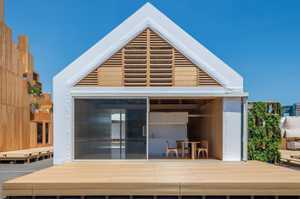
Life Core
Lixil and Shigeru Ban
“Shigeru Ban wanted to create a house that was flexible and compact”, says Haruyuki Mizuno of Lixil, the Japanese bathroom and housing-equipment company. Key to the architect’s proposal was an ingeniously neat storage system that holds the air-conditioning, electricity and water units. The pull-down bath is a prototype that could become reality but the showstopper is the window mechanism, which opens up one side of the house and is inspired by the sliding windows found in traditional Japanese homes.


